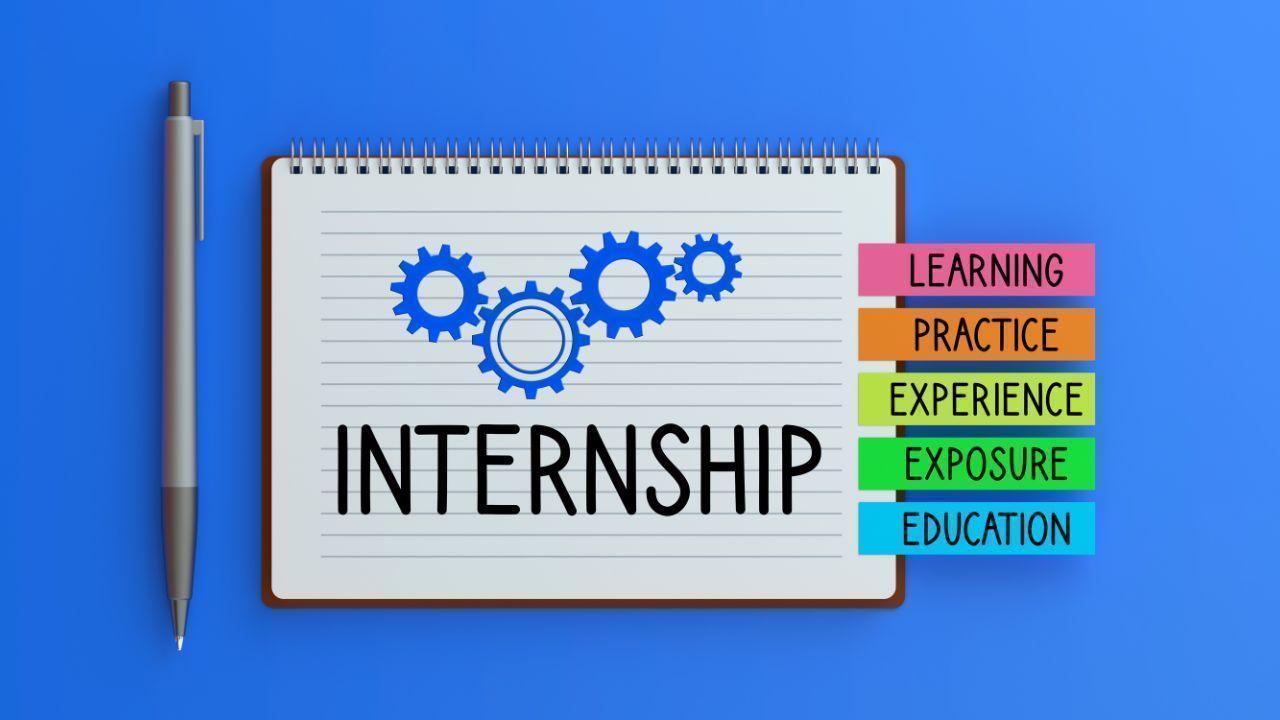

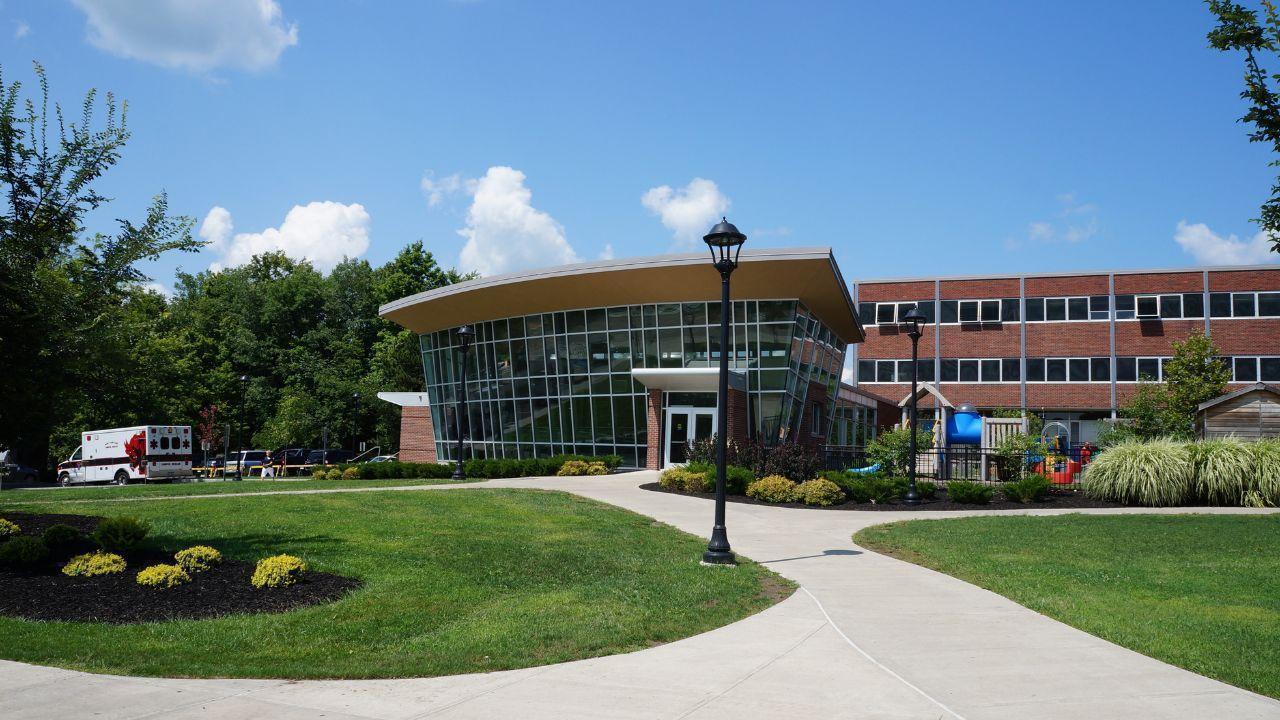
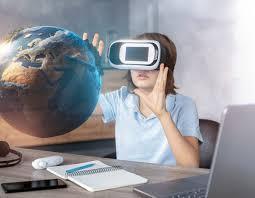
Virtual Reality (VR) is no longer just for gamers or sci-fi fans. It’s making waves in classrooms, lecture halls, and training centers around the world. But while some hail VR as a revolutionary tool in education, others question whether it’s more of a gimmick than a game changer.
So, what’s the truth? Is Virtual Reality in education here to stay, or is it just another flashy trend? Let’s explore both sides and find out.
Virtual Reality (VR) refers to a simulated 3D environment that can be explored and interacted with using special equipment, such as VR headsets. In education, VR allows students to:
Walk through ancient ruins
Explore the human body from the inside
Conduct complex science experiments
Experience real-world scenarios in a virtual space
It’s like stepping inside the lesson — making learning highly immersive and interactive.
VR puts students inside the subject matter. Imagine learning about space by floating around the solar system, or understanding history by witnessing key events unfold in front of your eyes.
Students are more likely to stay engaged when they’re actively involved. VR lessons are exciting, memorable, and help improve long-term information retention.
In fields like medicine, engineering, or aviation, VR allows for safe, repeatable practice in realistic scenarios — without any danger or expensive equipment.
For students who can’t physically visit museums, factories, or nature reserves, VR offers a chance to experience those places virtually.
Multi-user VR environments allow students to work together on projects and interact with each other in shared virtual spaces — even from different locations.
Google Expeditions: Offers over 900 virtual field trips, from the Great Wall of China to the surface of Mars.
zSpace: Blends VR and AR for STEM education, allowing students to dissect virtual frogs or explore physics in 3D.
ClassVR: A classroom-friendly VR platform with ready-to-use educational content across subjects.
Despite its promise, there are still challenges that prevent VR from being widely adopted:
VR headsets and content development can be expensive. Many schools lack the budget for proper equipment and training.
Not all classrooms have the infrastructure (like fast internet or updated devices) to support VR.
Educational VR content is still growing, and not every subject has quality VR lessons available yet.
Some users experience motion sickness, eye strain, or discomfort after using VR for long periods.
Both teachers and students may need training to use VR effectively, which can slow down adoption.
Yes — when used correctly. VR isn’t meant to replace traditional teaching, but to enhance and support it. It’s particularly effective in:
STEM subjects
History and geography
Professional training (e.g., nursing, flight simulations, engineering)
Special education
When blended with strong instructional strategies and meaningful content, VR can make learning more inclusive, impactful, and exciting.
So, is Virtual Reality in education a game changer or a gimmick?
The answer lies in how it’s used. VR has incredible potential to transform the learning experience, but only when paired with thoughtful planning, relevant content, and proper support. It's not just a cool gadget — it's a powerful tool that, if used wisely, can take education to the next level.
As technology becomes more affordable and accessible, VR might just move from the “nice to have” list to a must-have in the modern classroom.
#trending #latest

University Internships That Help You Get a Job After Graduation... Read More.

Is It Smarter to Start at a Community College... Read More.
 Fake posts hit Czech PM Fiala's X
Fake posts hit Czech PM Fiala's X
Fake posts disrupt Czech PM Fiala's X account security
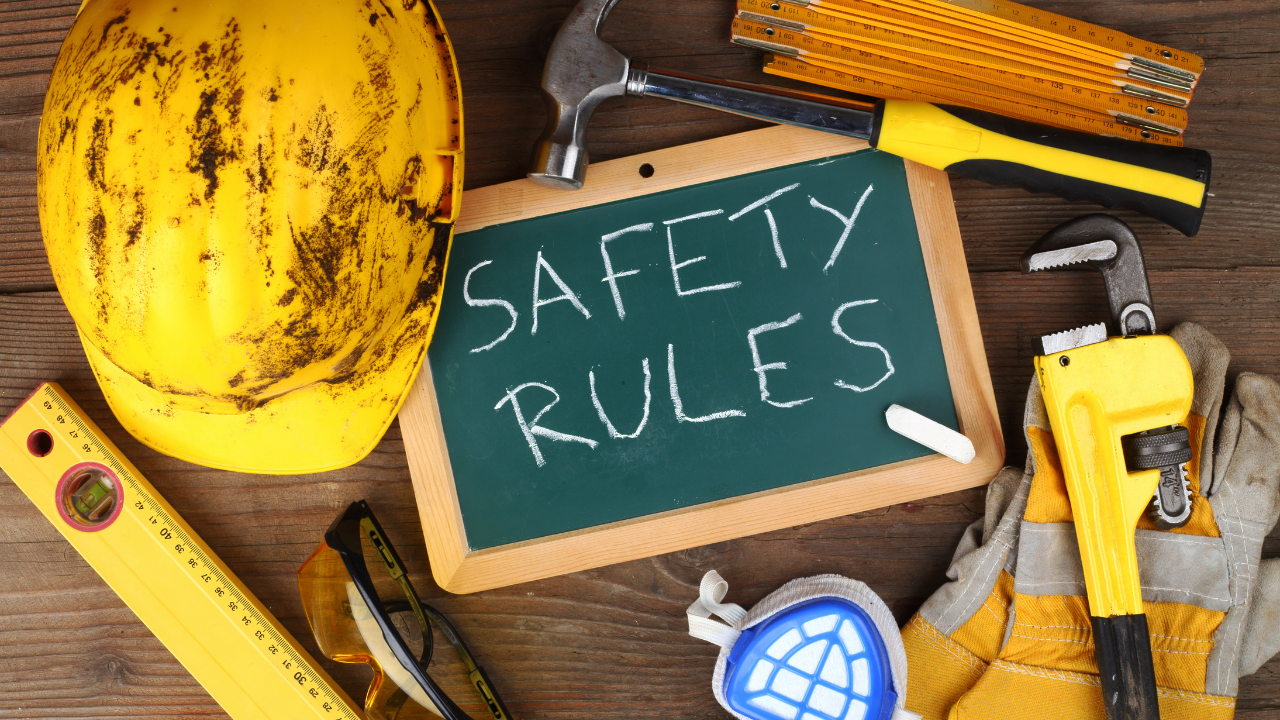 Switzerland Tightens Export Rules
Switzerland Tightens Export Rules
Switzerland expands export controls on dual-use goods
 Google unveils Ironwood AI chip
Google unveils Ironwood AI chip
Google introduces Ironwood chip to accelerate AI tasks & apps
 TSMC Q1 revenue up 42%
TSMC Q1 revenue up 42%
TSMC sees 42% revenue surge in Q1, surpassing forecasts
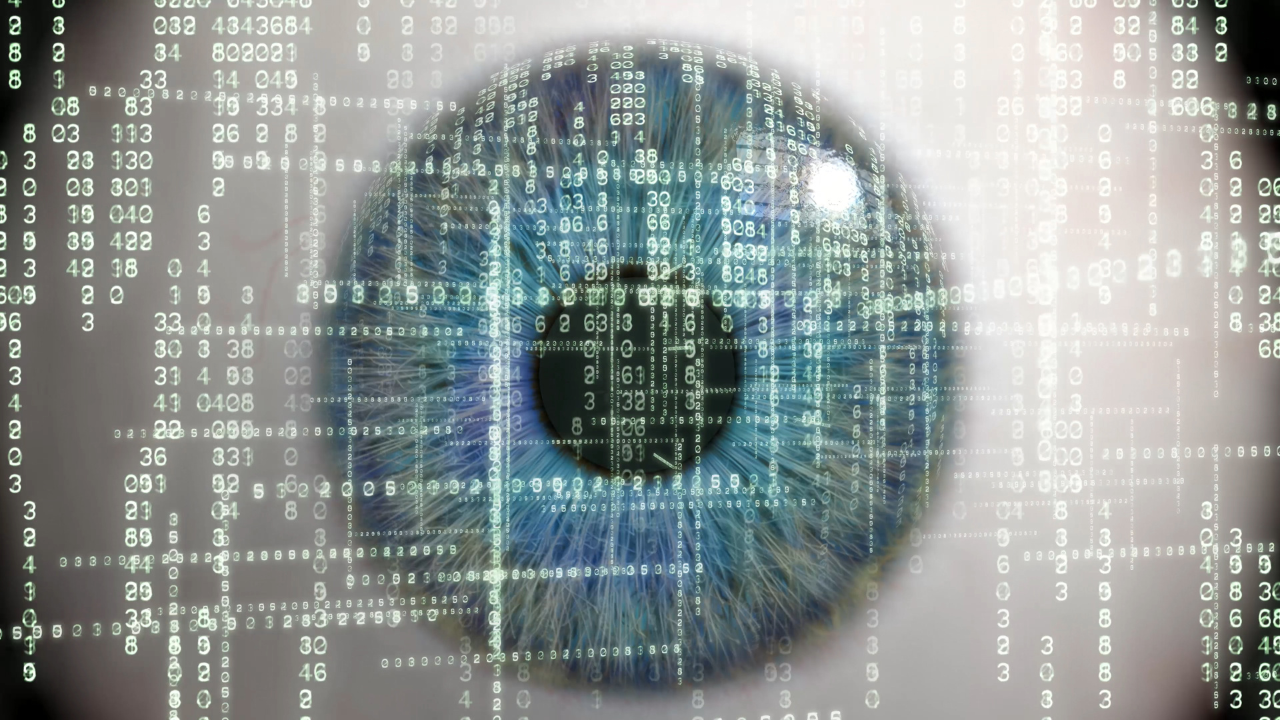 Amazon CEO Outlines AI Vision
Amazon CEO Outlines AI Vision
Amazon CEO reveals AI investment plans in new letter
 Osaka Hosts World Expo 2025
Osaka Hosts World Expo 2025
Japan blends tech and culture at Osaka Expo 2025 launch
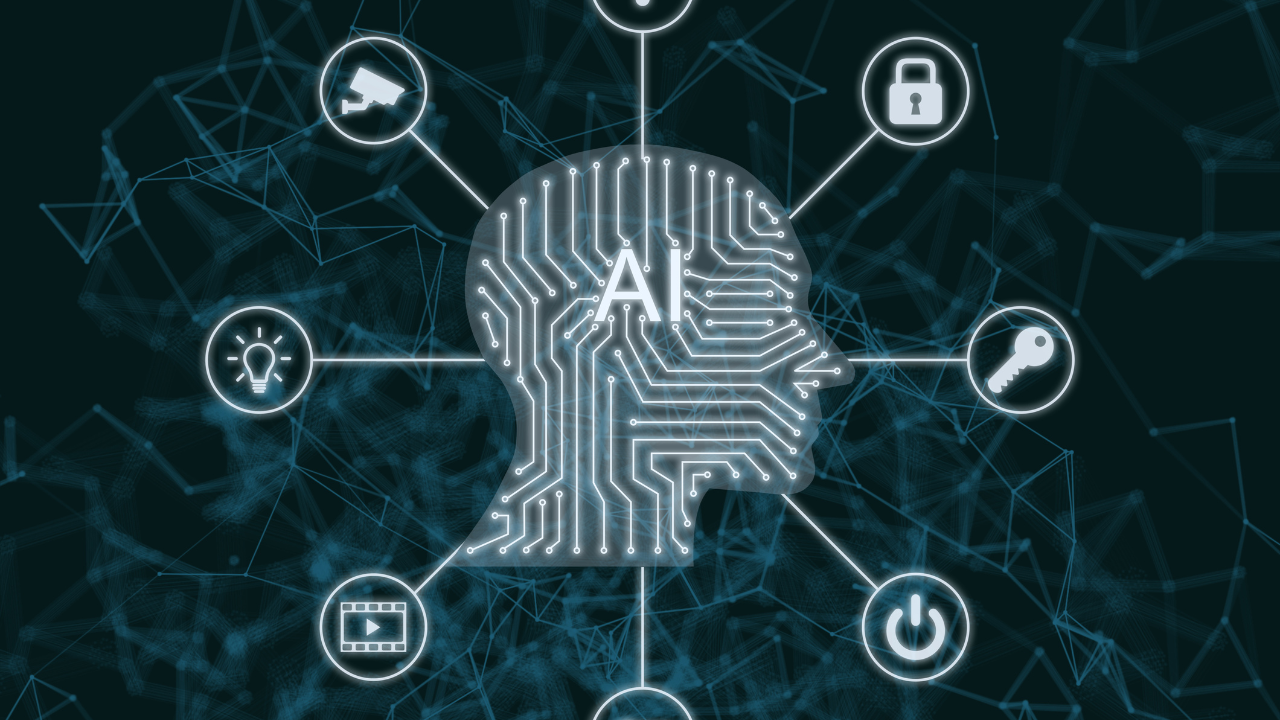 A16z Plans Big Bet on AI Startup
A16z Plans Big Bet on AI Startup
A16z may lead huge round in ex-OpenAI CTO’s new AI firm.
© MyEduGoal. All Rights Reserved. Design by markaziasolutions.com